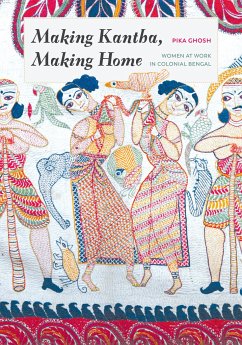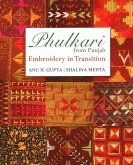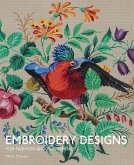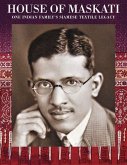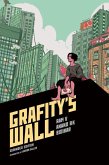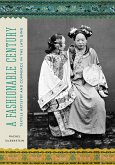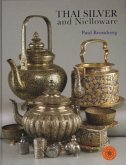"Through richly sensual visual and narrative treatments of textiles, their makers, and their users, Making Kantha, Making Home explores the social worlds created by Bengali kantha that survive from the nineteenth and early twentieth century. The first study of colonial-period women's embroidery to situate these objects historically and socially, it brings technique and aesthetic choices into discussion with iconography and regional culture. Kantha typically are created from layers of recycled, soft fabric that are strengthened with running stitches and then further embroidered with colored threads. They have commonly been understood as the work of women, created for domestic use as shawls, bedcovers, seating mats, and infant swaddling blankets. Through examination of individual objects and the people and stories behind their creation, the book elevates kantha beyond consideration as mere handcraft to recognition as art. Drawing on ethnographic and archival research, inscriptions, and images, it situates embroiderers' work within domestic networks, entangled with memories, perceptions, sensorial resonance, and emotional experience. The textiles testify to the visual literacy and sophisticated mechanisms whereby skills were transmitted among embroiderers. Particular relationships with imagery in other media such as poetry, drama, prints, and watercolors testify to their access to a shared visual and social vocabulary, as well as affinity with older textile practices, including the region's lucrative maritime trade in embroideries"--
Hinweis: Dieser Artikel kann nur an eine deutsche Lieferadresse ausgeliefert werden.
Hinweis: Dieser Artikel kann nur an eine deutsche Lieferadresse ausgeliefert werden.

